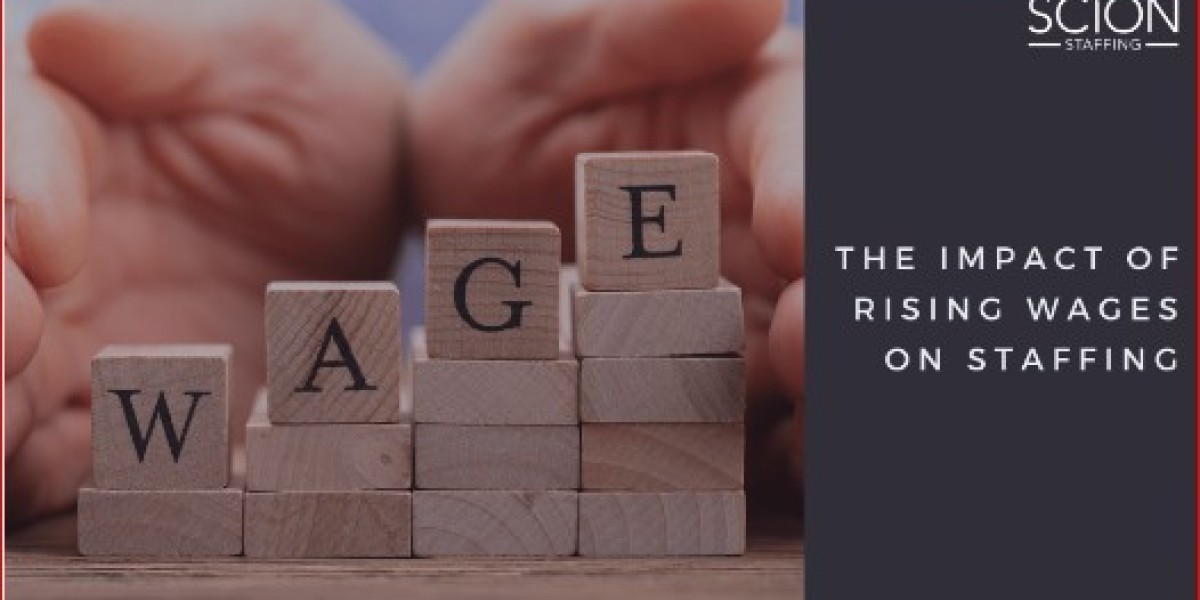In recent years, “salary inflation” has become a buzzword in economic discussions and corporate boardrooms alike. As companies vie for talent in a competitive job market, wages are rising at an unprecedented rate. This phenomenon, while beneficial for employees in the short term, has complex and far-reaching implications for businesses, the economy, and workers themselves. Let’s delve into what salary inflation is, its causes, and its potential impacts.
What is Salary Inflation?
Salary inflation refers to the upward pressure on wages that occurs when employers increase salaries to attract or retain employees. Unlike regular inflation, which affects the prices of goods and services, salary inflation specifically pertains to the rising cost of labor. This can be driven by several factors, including a tight labor market, increased cost of living, and shifts in the supply and demand for specific skills.
Causes of Salary Inflation
- Labor Market Dynamics: When unemployment is low, there are fewer workers available for open positions, leading companies to offer higher wages to attract talent. This is particularly evident in industries with skill shortages.
- Cost of Living Increases: In regions where the cost of living is rising, employees demand higher wages to maintain their standard of living. This is often seen in major cities where housing and other living expenses outpace wage growth.
- Skill-Based Demand: Certain industries, especially tech and healthcare, experience rapid changes and require highly specialized skills. As the demand for these skills outstrips supply, wages for qualified professionals soar.
- Economic Policies and Legislation: Changes in minimum wage laws and other labor regulations can also contribute to salary inflation. Policies aimed at improving worker welfare often lead to across-the-board wage increases.
Impacts of Salary Inflation
- Employee Benefits: On the positive side, salary inflation can lead to higher disposable incomes for employees, improving their quality of life. It can also reduce employee turnover and increase job satisfaction and productivity.
- Business Costs: For businesses, however, rising wages can significantly increase operational costs. Companies may need to adjust their pricing strategies, cut costs in other areas, or innovate to maintain profitability. Small businesses and startups, in particular, may struggle to keep up with wage demands.
- Economic Growth: While higher wages can stimulate economic growth by increasing consumer spending, there is also a risk of creating a wage-price spiral. As businesses raise prices to cover higher wages, the cost of living may rise further, prompting additional wage demands.
- Inequality: Salary inflation does not impact all sectors or employees equally. High-demand, high-skill workers may see substantial pay increases, while others, particularly in lower-wage or less dynamic sectors, may experience stagnation. This can exacerbate income inequality.
Managing Salary Inflation
For businesses, managing salary inflation involves strategic planning and proactive measures:
- Benchmarking Salaries: Regularly compare salaries with industry standards to stay competitive without overextending financially.
- Non-Monetary Benefits: Offering benefits such as flexible working hours, professional development opportunities, and a positive work culture can attract and retain talent without solely relying on salary increases.
- Efficiency Improvements: Invest in technology and process improvements to enhance productivity and offset higher labor costs.
- Long-Term Contracts: Consider long-term employment contracts with built-in wage review mechanisms to provide stability for both employees and employers.
Conclusion
Salary inflation is a multifaceted issue that reflects broader economic conditions and labor market trends. While it presents challenges, particularly for businesses, it also offers opportunities for growth and improved employee welfare. Understanding and managing this phenomenon is crucial for sustainable economic health and competitive advantage in the modern workforce.
As we navigate this complex landscape, it’s essential for businesses, policymakers, and employees to collaborate and find balanced solutions that foster equitable growth and stability in the job market.








